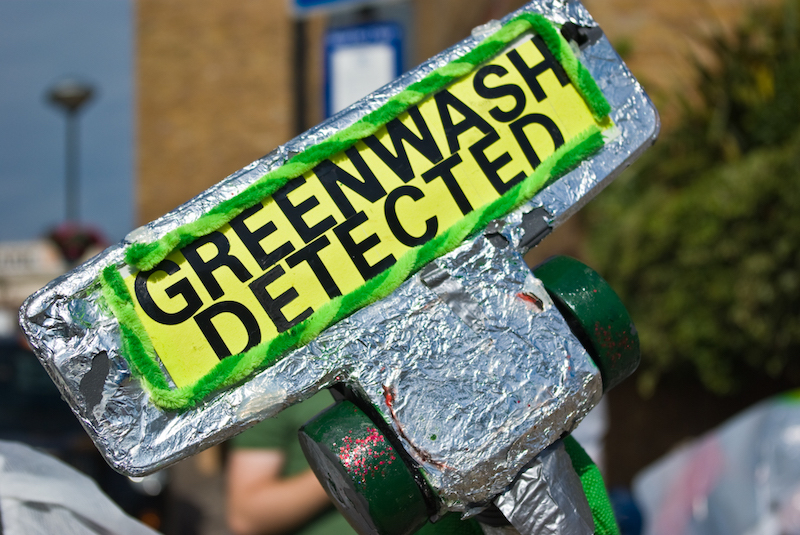News release
From:
Are “green” household consumer products less toxic than traditional products?
To reduce the environmental impacts related to the manufacturing and disposal of household consumer products (HCPs)—such as laundry detergents, all-purpose cleaners, insecticides, and toothpaste—several companies are marketing “green” product formulations. New research published in Environmental Toxicology and Chemistry demonstrates that green HCPs are not necessarily less toxic or more degradable than their conventional counterparts, however.
Analyses revealed that compared with conventional formulations, some formulations of green products were less toxic, some were similar, and some were even more toxic. These findings applied for tests run both before and after degradation of the products.
“Although the study itself is rooted in aquatic toxicology, it has broader implications in fields related to marketing, consumer behavior, and economics,” said corresponding author Austin Gray, PhD, of Virginia Tech.



 International
International



